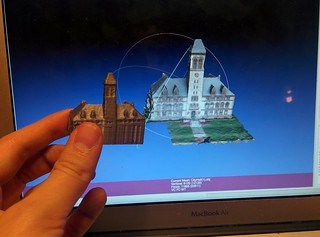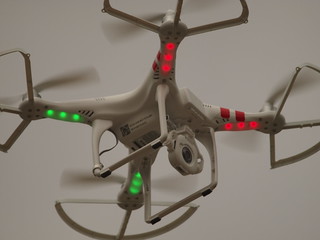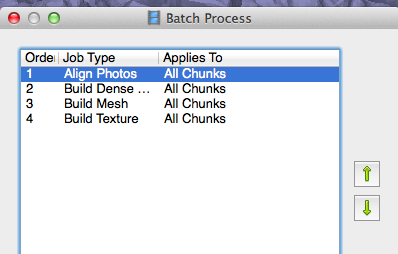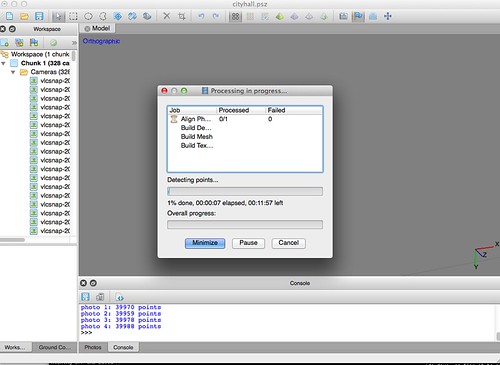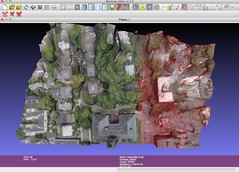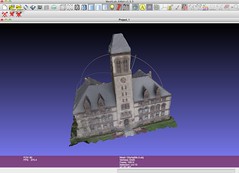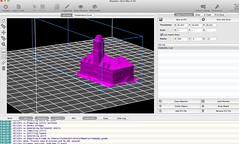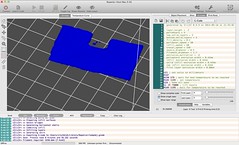Social Networks and Business Plans
Posted in LiveJournal, Web Publishing on September 28th, 2014 at 10:20:27Like everyone on the internet, I’ve seen a lot about Ello in the last week or so. While I’m not convinced Ello is the next big thing, more recently, there have been articles about how Ello must be planning to sell you out, because their proposed business model can never work, and all Venture Capitalists require an exit strategy. Regardless of how true the latter may be, I am not convinced the former is true at all.
My initial forays into the online world were based on GeoCities and Tripod, like many other people of my generation. In my transition to college, LiveJournal became my home on the internet. It was my first work with an open source project. It was where I made friends, and it was even the website where I met my wife. It was also a website which was run, for years, based on a funding model which was entirely ad-free, at a time when banner ads were the way of the internet.
When the website started, in the early 2000s, “No ads, ever” was the mantra of the site (like Ello). The site was originally invite-based, so that growth was somewhat limited (like Ello). The site didn’t collect and sell your information to advertisers (like Ello). The site was funded by users who paid for additional features (like Ello); for LiveJournal, features included things like more user pictures, the ability to make posts by making a phone call, domain forwarding, advanced customization options for look and feel.
LiveJournal functioned as a business this way for a number of years; from at least 2002 – 2005, when it was bought by Six Apart, LiveJournal seemed like a functional business from the outside. It was a small business run by a small number of employees and supported by a dedicated volunteer base who worked to run areas like user support. There was enough of a business here to result in a sale to Six Apart in 2005; while no details of the deal were ever published, it seems reasonable to assume that it was considered to be a viable business at the time of the sale.
Now, LiveJournal was never started to be a business. It was started as a way for the creator to keep in touch with his friends. It was run as a semi-business, but as with many things started by people in their idealistic years during and shortly after college, sometimes they lose the ability to maintain the dedicated interest necessary to keep them going. (See also: Most of my early software.) After the sale to Six Apart, the “No ads on LiveJournal” policy slipped somewhat, and a number of social shifts caused a bit of a fall from grace in the somewhat utopian ideals that LiveJournal had. (Not the least among them that ads probably became significantly more profitable and effective…)
But LiveJournal isn’t the only social network that had this policy. After LiveJournal’s sale to SUP, some of the volunteers from LiveJournal decided that the things LiveJournal stood for were good, and that the system it had was workable, but it needed a bit more realistic business approach, and started Dreamwidth; like LiveJournal, the site is funded through people who purchase additional features for their accounts, rather than advertising. (One of the site’s Guiding Principles is “We won’t accept or display third-party advertising on our service, whether text-based or banner ads. We are personally and ideologically against displaying advertising on a community-based service.”)
Dreamwidth was founded in 2008, and opened to the public in 2009; it started with invite codes and later was able to move away from them. The site has more than 2M registered accounts, and although it’s not going to be the next Facebook, it’s probably reasonable to assume that the site isn’t losing money hand over fist. (It has been around for 5 years, and shows no signs of unhealthiness that I can see from the outside, though I have no inside knowledge.) It is funded by people who purchase additional features for their accounts.
The idea of free accounts being paid for by people who want additional features is not new. The claim from some that “…no one has ever tried it as a central business model, at least not in social” is clearly false. Some people have tried it. It has even, to some extent, been successful. And although it may be that Ello is not planning to do what they say they’re going to is possible, it seems entirely more likely that Ello is trying to follow in the footsteps of those who have gone before it and created social networks that millions called home in the earlier days of the internet.
If what Ello wants to make is a “sustainable business”, as they’ve claimed, then there is no reason to think that they can’t do it by following exactly the funding model they have proposed. I hope all goes well for them, and that they’re able to hold onto those principles. If they’re not, and you’re still looking for that ad-free, friendly environment that you miss from the earlier internet… there’s always the comfort of Dreamwidth.
